Introduction
Sherry Turkle is a Rockerfeller Professor within the Massachusetts Institute of Technology. She is affiliated with the school of Social Studies of science and technology. She attained an AB in Social Studies and her world of knowledge was primarily based around communication and psychology. Her PhD in sociology and personality psychology was at the University of Harvard.

Her research was initially based on the way robots may be used within society to aid with care (Nyiri, 2021). However, now she focuses on the psychoanalysis and the relations imposed by the human technology barrier that prompts the use of devices for interaction purposes.
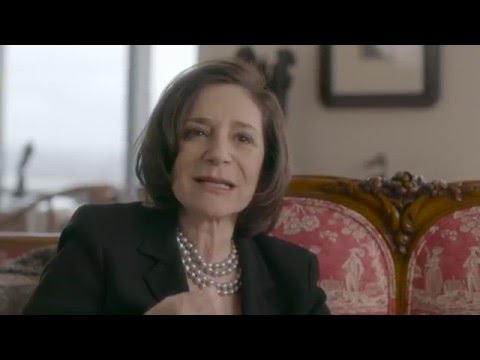
Her books focus on the aspect of the psychology of human interaction with technology, the psychology of people’s interactions and bonds with computers and digital devices this points out the social pitfalls facing the next generation and the human race as a whole.
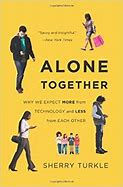
Contribution to communication
Computational Technologies and the Images of Self
The computers within this framework are regarded as objects to think with. Therefore, are therefore perceived as objects which the human race has come to rely upon so heavily that they are essential to people’s perception of self and that of the other people around the world (Turkle, 2018). Her classification of these, ‘objects to think with’ is taken in by focusing on has been availed by the computer artificial intelligence research, the use of actual research based upon the use of work by the behavioral scientists of the 60s and 70s which allows her to synthesize the change in connection patterns. Therefore, computers, the communicational outlets have come to rob persons of their sense of self and that of the communities around them.
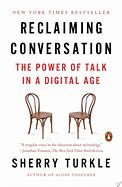
Multiple Subjectivity in Communication
Sherry Turkle On Her New Book ‘Reclaiming Conversation’
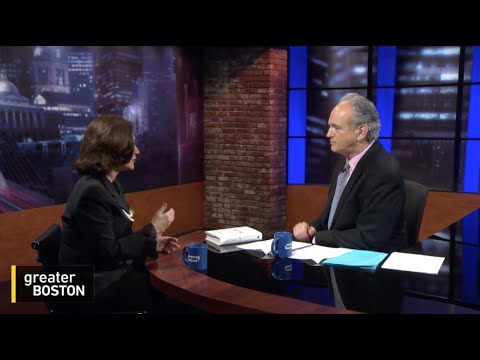
The contribution made to communication is primarily based on individuals and how they choose to define themselves in the way of mediated communication which makes use of computational gadgets (Turkle, 2017). The aspect of the virtual self has been a field of deep research. Whereby she has concluded that users are more likely to take on an approach of multiple subjectivity or multiplicity (Turkle et al., 2017). This is seen as the fragmentation of the individual into distinct personalities all making use of different aspects of their virtual personality. Rather than operate as a whole being the individual takes on the stance of an amalgamation of ‘selves.’
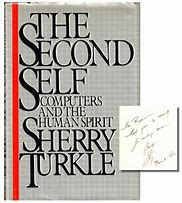
Turkle argues that the use of these windows allows us to fragment ourselves into smaller chunks which all seem ‘acceptable’ and edit out the ‘boring’ parts that define us and prompt us to understand ourselves. The computer is therefore regarded as a window from the individual whereby the person wakes up as a specific being then transitions within applications and career affiliation. Across the applications people are perceived from different angles (Turkle, 2018). This nature of heterogeneity and what it means for the society today and the individual’s mental state also. The aspect of the human’s nature as a multiply fragmented being in the realm of communication and the internet is reshaping the society (Nyiri, 2021). This is seen as it leads to the reconsideration of the traditional and unitary theories of identity.
The theorization of Reality

This is seen within her written work ‘ghosts in the machine’ the diverse nature of the virtual world and its interaction with real-world scenarios on a day-to-day basis allows a new perception to be understood with regard to reality itself (Turkle, 2017). This creates a lack of seriousness when it comes to real-world occurrences as their theorization and the physical distance between them and actual life does not allow for the easy propagation of empathy or communicational understanding (Turkle, 2018).
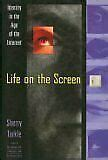
Thus, bringing crime and other instances of internet immorality to an all-time high. The issues at hand include; cyberbullying, fraud, and misrepresentation from many of the internet users at different scales based on the gravity of their interaction with the internet and the paraphernalia they share.
Sherry Turkle in Relation to My Interests
The aspect of communication fascinates me and especially the behavior patterns and habits that come along with the digitization of communication and all affiliated technologies. The origins of virtual communication and how they served to diversify the world. Then later the evolution of the internet and devices and the impact on communication and socialization has been a key area of study that has piqued my interest (Turkle, 2018). With this in mind. The fact that following the pandemic of 2020 the issue of communication faced an utter revolution that pushed more people into virtual workspaces, virtual romances, friendships and more intense use of computers and phones has thus driven my interest in communication toward virtual connections, screens and how they are likely to reshape out psychological and sociological connections. Dr. Turkle has focused on this field for a reasonable number of years to a point where her expertise and knowledgeability on the field has grown.

The main aspect I research upon with regard to virtualization of relationships and its effect on the mind will regard the overlap between the Freudian theories and the ideas put forth by Dr Turkle. The main reason for the incorporation of Freudian studies is the idea and impact his study left and the nature of subjects within the study from the children’s point of view as with communication the advancements and the generation that has grown up with the hyper fixation on technology. The research and assessment of their mental states could work as a tool for the illustration of the effects of virtual relations on communication and mental development.
Application of the Theories advanced
The applications of the theories brought forth by Sherry Turkle include the aspect of the lack of empathy and interpersonal communication on a face-to-face level. This is seen whereby more people prefer to text over talking and the issue of the fragmentation of the being gratification of outcomes over the process. These may prompt a poor work ethic in the younger generations whilst robbing the community of empathy and interpersonal skills gained from interpersonal interactions (Turkle et al., 2017).
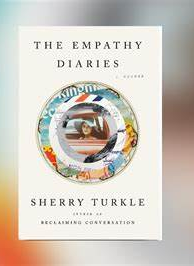
A clear illustration of the theories put forth by Turkle is seen in the modern technologies of applications in the creation of reels and Tiktok videos which share moments of a dance routine or a perfectly made meal while concealing the process taken to attain the needed outcome. The lack of authenticity is prompting a decrease in empathy and connection.
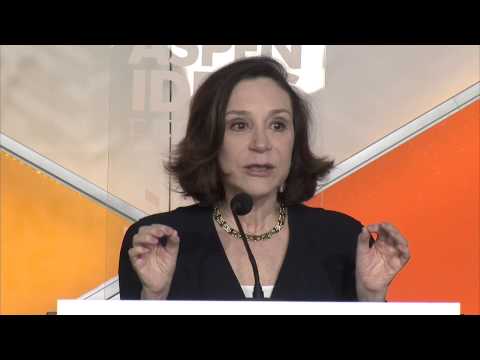
Conclusion
Turkle notes that while technology is essential in communication, it isolates and creates an environment without empathy. Technological advancements allow people to communicate conveniently using the wide range of available innovative devices. New media explores various innovations and how they are used for communication. The aspect of which may rob humans of one of their unique fundamental abilities with regard to interspecies interactions and relationships.
References
Nyiri, K. (2021). The Sherry Turkle Miracle.
Turkle, S., Essig, T., & Russell, G. I. (2017). Afterword: Reclaiming psychoanalysis: Sherry Turkle in conversation with the editors. Psychoanalytic Perspectives, 14(2), 237-248.
Turkle, S. (2017). Alone together: Why we expect more from technology and less from each other. Hachette UK.
Turkle, S. (2018). There will never be an age of artificial intimacy. The New York Times, 11.